Brown-Spotted Green Pit Viper
Brown-Spotted Green Pit Viper (Trimeresurus venustus)
Trimeresurus venustus, previously Cryptelytrops venustus (Brown-spotted Green Pit Viper, Beautiful Pit Viper)
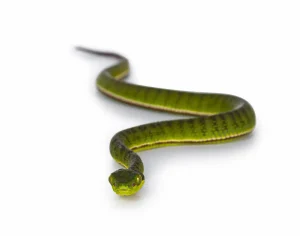
Appearance: Green snake (งูเขียว) with brown or reddish-orange scales which may form bands across the width of the snake. Triangular pit viper head.
Thais Say: Haang Ham tai
Length: average 40-70 cm
Range: Chumpon to Krabi Province in Thailand. I have found them in Krabi and Surat Thani provinces.
Notes: I found this one in the picture on a small hill at a Buddhist temple on a hill next to some steps. These venomous snakes are active on the ground and in bushes. This one was in a bush about 1.3 meters high, right next to the path. It was non-aggressive and didn’t protest when I moved it away from the path with a stick.
Appearance: Small vipers with usually brilliant greens, whites, and browns. Though sometimes the color can be quite muted. Dorsal scales are strongly keeled. Dorsal scale count 21 – 21 – 15.
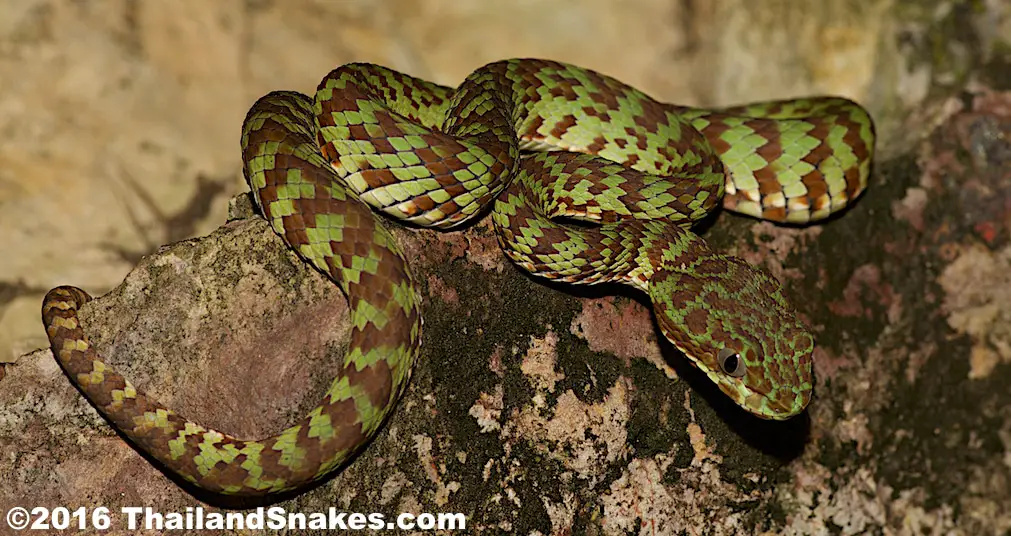
Habitat: I’ve found these vipers up to 300 meters elevation. This snake hunts almost entirely on the ground where it preys on frogs and lizards. They also enjoy primary and secondary rainforest, limestone mountains, and rubber tree plantations. I kept one of these for three days to photograph and shoot video of. It spends most time suspended from a branch just a few inches off the bottom of the tank.
Active Time? The snake is mainly nocturnal. Active during the day only after heavy rainfall. I have found most of mine during daylight hours, but have also found them at night hunting prey on the ground in ambush position in culverts on certain hills.
Food: Mice, frogs, lizards. I had a good-sized house gecko in the tank with this Trimeresurus venustus, but it left it alone. The pit vipers sense the heat of the animal and strike. The geckos are cold-blooded so they are no hotter than their surroundings. Still, some pit vipers will eat cold-blooded animals. Perhaps this snake just wasn’t hungry at the moment.
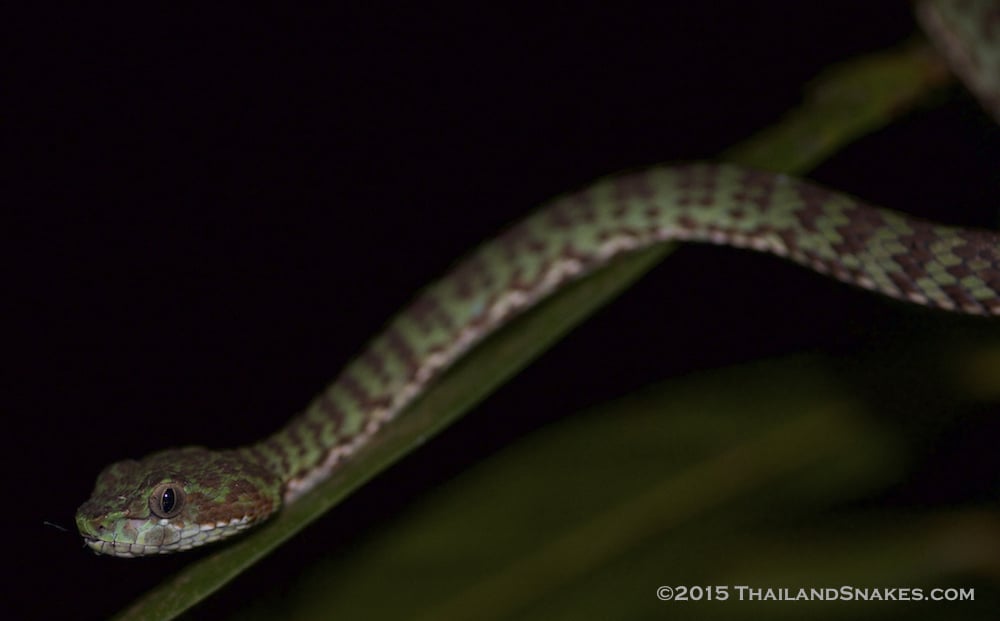
Defensive Behavior: This pit viper is very slow during the day and only bites if seriously aggravated. I ran into a reptile poacher in a Thailand forest and he was hand carrying one of these brown spotted green pit vipers in his left hand and had a large box turtle in his other hand.
I told him – PIT! It means ‘venomous’ in Thai. He insisted “no, it wasn’t” and held it up to his face where the snake immediately bit him on the cheek a couple times and once on the lip where it got stuck. It let go after a few seconds. He said – “See??” I promptly bought the snake from him, to keep him from further harm. Not sure what hospital he was at that night!
Venom Toxicity: Mildly toxic, but complications can develop. Bites are painful and usually without significant effects. Probably this viper would need to bite down for a number of seconds to transfer enough volume of venom that it would be seriously detrimental, but they are fully capable of doing so. Bites are to be considered potentially deadly. Green Pit Viper Antivenin is available at most public hospitals in Thailand.
Antivenom Code: SAsTRC01
Antivenom Name: Green Pit Viper Antivenin
Manufacturer: Science Division, Thai Red Cross Society
Phone: +66-2-252-0161 (up to 0164)
Address: Queen Saovabha Memorial Institute, 1871 Rama IV Road, Pathumwan, Bangkok 10330
Country: Thailand
Offspring: The beautiful pit viper I have now is likely gravid, which contradicts some other info I’ve seen about them having offspring in the June/July time-frame. This is December. She is not overly gravid and looks to be in the beginning stages, but still – I think only a couple of months are required for gestation.
She’ll have an early birth – April maybe? These snakes birth live offspring in a jelly-like bubble that breaks after coming out of the female snake. Typical numbers are 20-30 young that are colored and patterned the same as the adults.
Classification:
Kingdom: Animalia
Phylum: Chordata
Class: Reptilia
Order: Squamata
Suborder: Serpentes
Family: Viperidae
Subfamily: Crotilinae
Species: Trimeresurus venustus
I could find little information about this snake beyond my own experience and some of the snake identification books I have.
#GreenPitViper #GreenSnake #งูเขียว

Image above – Trimeresurus venustus. Brown-Spotted Green Viper. Small – 70 cm. Venomous. Dangerous. Found in Ampur Muang Suratthani, Southern Thailand. ©Vern Lovic.

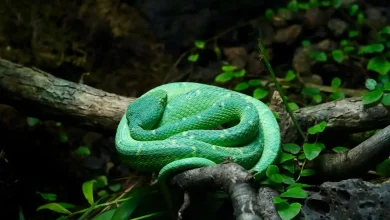
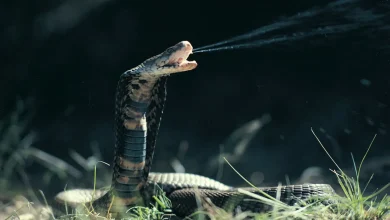
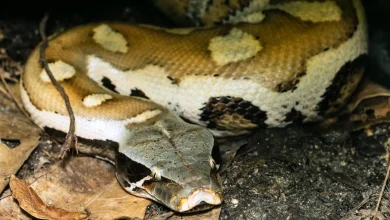
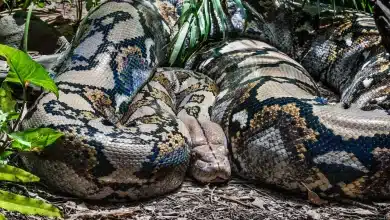
Right on dude. It’s funny, I haven’t logged in here for a while. Was just looking at the front images of snakes and saw that I put rear fanged on that viper! Doh! Then your comment here popped up to approve. Good timing. Cheers!
Excellent and richly informative report on this snake, thank you.
Cheers Julian